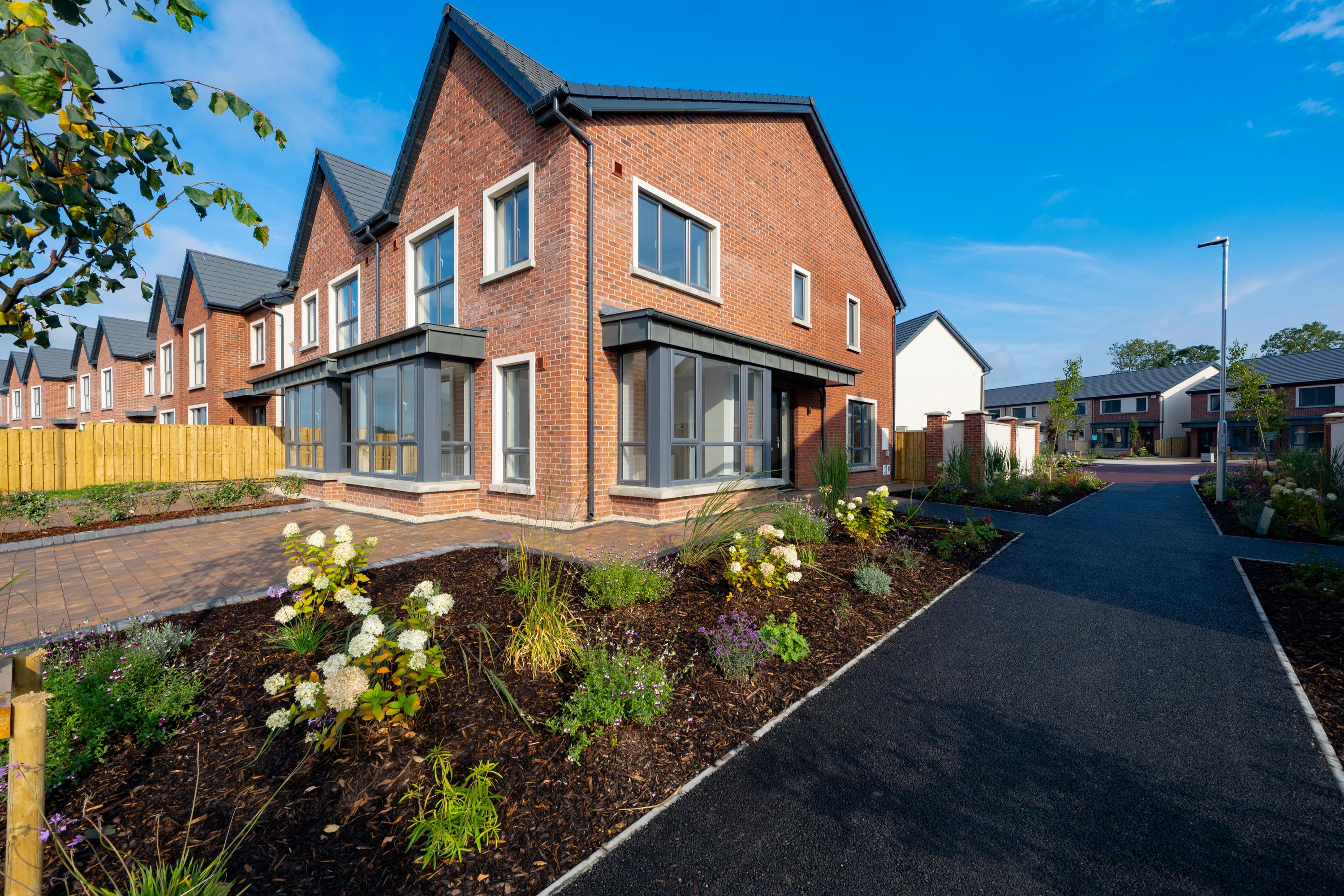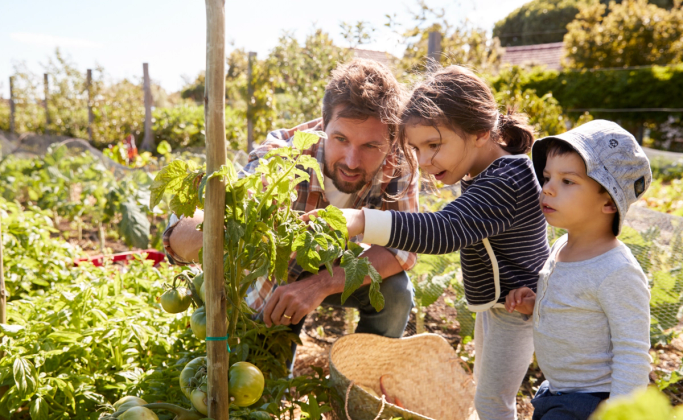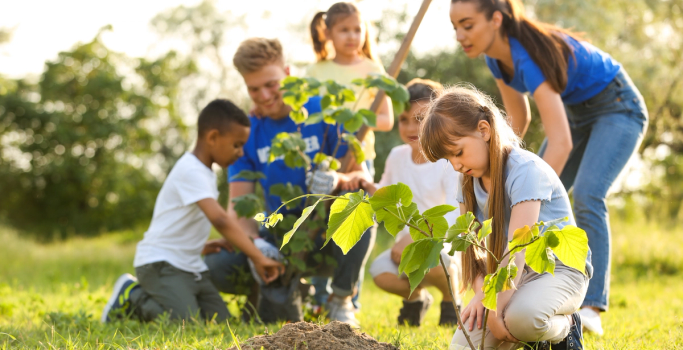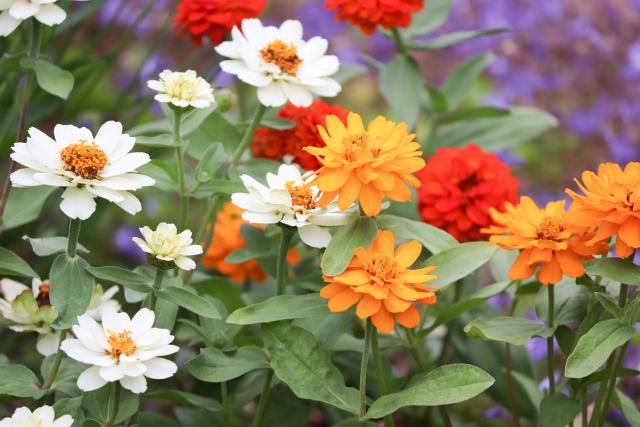


Do you want to develop your thumb green and build your backyard to bring the buzz, but are not quite sure where to begin?
The excitement of a new home brings with it the thrill of designing and creating your garden exactly as you please. You might fancy a picnic in the summer, a barbecue in your backyard, or a scenic space to relax. With the right tools and a solid foundation of understanding, you can turn your garden into a thriving paradise of plants.
So if you're looking to plant your own garden in your new home, here are a few tips.

Get to know your garden before looking at what to grow. Some plants need plenty of sun and others are happy in the shade.
Consider the space and the plant's requirements before digging in. Luckily, you don't need to rely on year-long sunshine for a glorious garden. With the right seeds, you’ll be able to grow shade-friendly plants with success.
Planning a design before buying and building anything for your garden is an important first step.
You can design your garden in your choice of medium. Usually, it's a 2D plan with sketches that show where plants or supporting decorative elements might go. Computer rendered or free-hand, the garden design is not only important to plotting your planting, but it's also rewarding when things start to take shape.
Here are a few helpful tips when planning the design:
Once you have an idea of a garden design, head to the local centre and ask the staff which plants would be most suitable.
It’s important to consider the type of garden you want to start. Are you hoping to plant vegetables to harvest for your home? Flowers for a lush decorative home garden? Herbs to add some flavour to your cooking? Or (dare we say) a combination?
Whatever it is, do some research on the kind of garden you want and then plan what would work in the space and design you have. Different types of gardens require different maintenance and knowing where to start is critical.

You don't need a massive plot of land for a flower garden. You can plant in pots, containers, or along your terrace and have blooms that flourish. To have a stunning selection of flowers, you just need to make sure you prepare your soil, plan your planting, and choose the right flowers for the time of year. Some plants like perennials are happy across different seasons and are easy to maintain.
Flowers that do well in Ireland's climate include:
If you want a wide variety of vegetables in your garden, you typically need a lot of space for the plants to grow and thrive. Vegetable gardens also require level areas to prevent erosion and leafy greens need raised beds and containers.
Produce that grows in the Irish conditions includes:
Herbs are easy to look after and don't require a lot of space in your garden.
The easiest herbs to grow are perennial herbs. They can be bought in plants and transplanted into your garden or you can grow them from seeds and see them sprout with care. Perennial herbs grow throughout the year and don't need much attention.
Herbs that are happy in Ireland include:

Some plants are much easier to look after than others. Start with the basics and figure out what adapts well to your garden. That way you get the reward of a great garden while learning.
Look online for low-maintenance flowers and plants for your garden or chat to someone at your local centre.
Once you get to grips with growing greens (or other plant colours), branch out and explore growing other plants that interest you.
To get you going, here are some low-maintenance vegetables and flowers that do well throughout the year in Ireland's climate:
Some plants are adapted to cold weather and can handle fewer sunny days. Others thrive in the summer and don’t do well in the winter. It’s important to consider where and when you’re planting your garden.
If you’re growing a plant from seeds, there will be important information on the packaging. This will include when is the best time in the year to start planting them.
These easy-to-maintain flowers are excellent for planting from mid-summer on.
The pretty mallow plants are excellent for filling in gaps in your garden and the pink and white blooms add a pop of colour. They blossom in summer and persist into winter.
If you're looking for perennials that require little maintenance and offer a burst of colour in your garden, gems are wonderful for spring planting. Best suited to the warm seasons, they hang around in autumn.
Don't want to start growing from seeds? You can also buy plants (also called set plants) to transplant into your garden. These are young plants that are sprouted and ready to be moved to your garden. Dig the recommended depth holes, remove the plants from the pot they come in, and settle them into the soil. Once they’re in, pat the soil down gently and soak the soil around the roots with water.

Before you plant, it’s important to get the soil ready for plants. Get rid of weeds and other fallen branches and plant debris.
Before weeding, pay attention to your soil and how wet it might be. If you work the soil too soon, it can compact and damage the structure of the undersoil, which will have a long-term impact on your garden's health. By waiting until it’s dry, you also will be working with aerated soil which is the best for plants to thrive in.
Once your soil is prepared and you’re ready to plant, look at what your seed needs. Every plant requires a different planting depth, planting space, germination time, and water amounts.
Read the packaging if you’re sprouting seeds or the tags if you’re growing from young set plants. Seedlings require daily watering and generally set plants need watering every other day, depending on the plant type.
Once your seedlings have sprouted, the frequency of watering and maintenance depends on the plant, your soil type, climate, and rainfall.
Start out with good soil and you're well on your way to preventing pests from becoming a problem in your garden. Weeds, fallen leaves, and decaying plant matter create a breeding ground for fungus, insects, and diseases. So collect the plant waste every time you garden and keep your soil clear.
It also pays to selectively thin out smaller, weak seedlings. They are more likely to pick up a disease that could pass on to your healthy plants. Pick away dead shoots and make sure your sprouts have clear airflow.
If you don’t already have one in your home, consider creating a compost system. A compost system is a fantastic way to make your own fertiliser. And a bonus is that it’s great for the environment.
To create a compost:
“The best fertiliser is the gardener’s shadow.”
It’s an old saying that means you should be prepared to spend time in your garden. Your plants will thrive under your guidance and making your garden part of your schedule will pay off when you see your little sprouts growing.
Part of the process of gardening is also getting to reap the rewards. There’s something special about harvesting your vegetables when they’re ready and using your own produce in the kitchen. The same goes for your herb garden. If you’ve got flowers growing, take the time to enjoy your hard work.
If you wish to read more about the homebuying process and how you can turn your house into a home, don't forget to check out our content hub here.